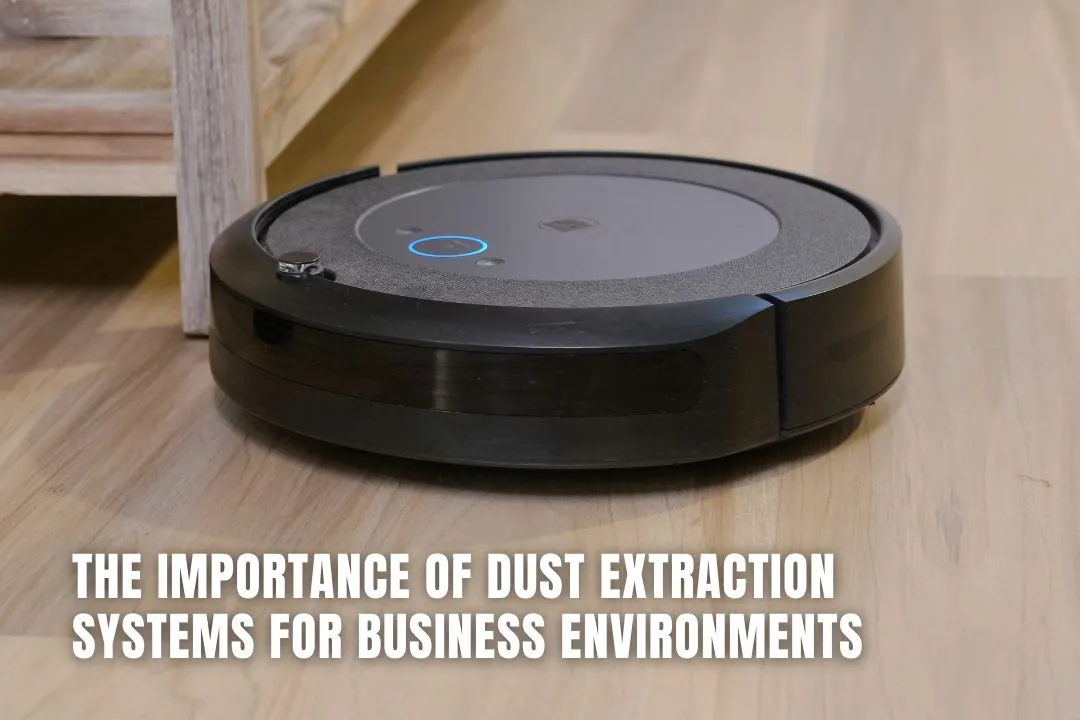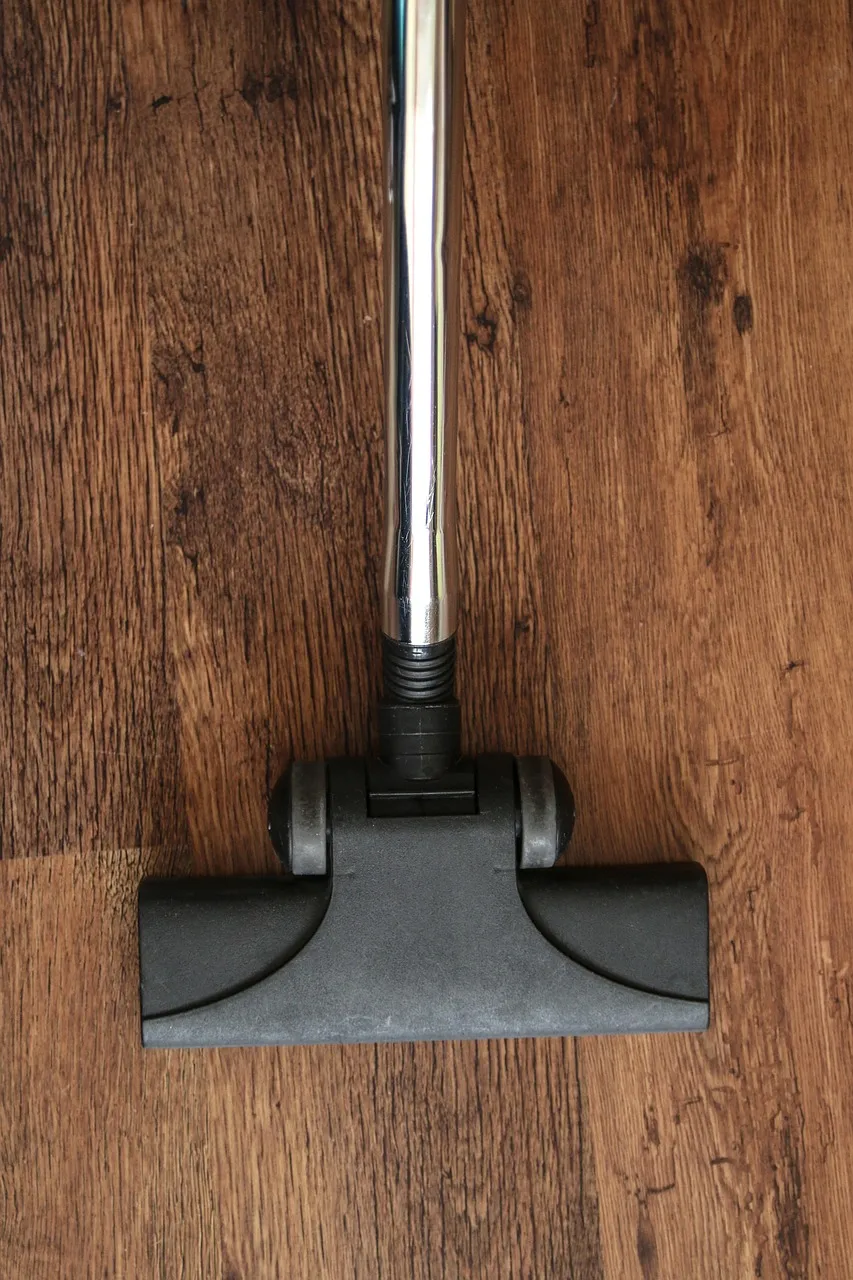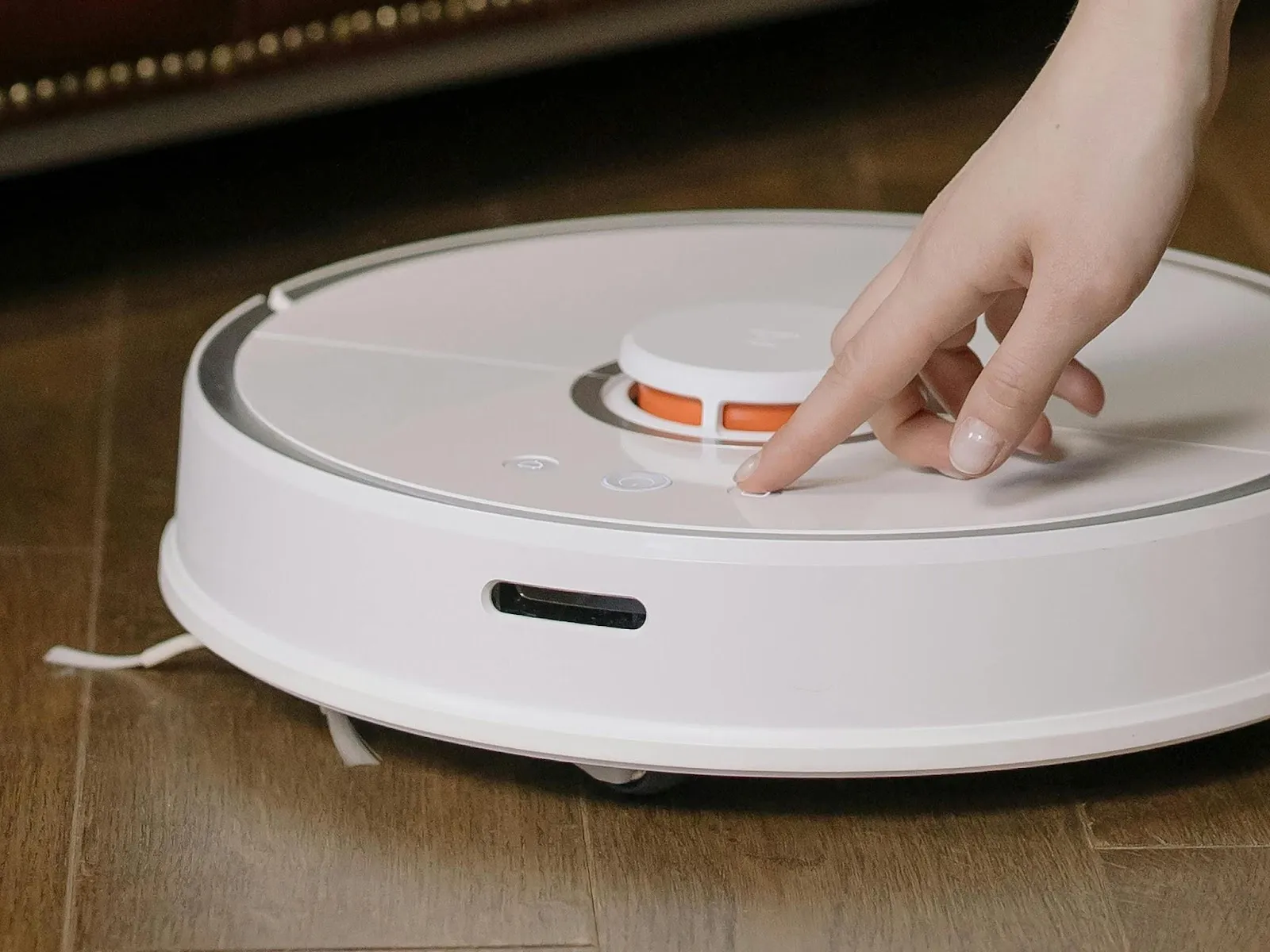
Dust may seem like a minor nuisance, but in commercial and industrial settings, its presence can quickly escalate into serious problems. Whether you're operating a manufacturing facility, a woodworking shop, a construction zone, or even a large office complex, dust accumulation affects health, safety, equipment lifespan, and regulatory compliance. Implementing effective dust extraction systems is no longer a luxury, it's a necessity.
In this article, we’ll explore why dust control is critical for business environments, how modern extraction systems function, and what to consider when selecting the right solution for your operations.

One of the most compelling reasons for businesses to prioritize dust control is employee health. Dust particles, fine and respirable ones, can trigger or worsen respiratory conditions such as asthma, bronchitis, and long-term lung disease. In environments where materials like wood, silica, or metal are processed, the risks become even more acute due to hazardous compounds in the dust.
Long-term exposure to airborne particulates may violate occupational health standards, resulting in fines or shutdowns. Proper dust extraction systems significantly reduce this exposure, creating a safer, healthier environment and demonstrating compliance with OSHA or other workplace safety regulations.
Dust buildup inside motors, circuit boards, and mechanical systems can reduce performance and accelerate wear and tear. By using Diamapro vacuums or similar high-efficiency extraction systems, businesses can prevent dust from infiltrating sensitive machinery. Dust particles may create flammable conditions, increasing fire hazards around electrical equipment or combustible materials.
Dust extraction protects high-value tools and machines and improves the accuracy and precision of operations. Clean environments reduce downtime, lower maintenance costs, and extend the service life of crucial assets.
First impressions matter in customer-facing industries like retail, hospitality, or health services. Excessive dust is an immediate red flag to clients and customers, signaling poor hygiene or lack of attention to detail. Regular cleaning can help, but without a proper extraction system, dust will settle again shortly after removal.
Installing localized or central dust extraction ensures that particles are captured at the source before they can circulate throughout the space. Whether in lobbies, workshops, or storage rooms, maintaining a dust-free atmosphere supports a cleaner, more professional appearance that reflects positively on your brand.
Employees are more comfortable and productive when they’re not distracted by dust in the air, on their desks, or clogging up tools. Clean workspaces promote concentration and reduce absenteeism linked to allergies or respiratory irritation.
In manufacturing or fabrication environments, airborne dust can compromise the quality of work when working with adhesives, paints, or delicate finishes. Having a reliable dust control system keeps the workspace cleaner, which in turn enhances output quality and consistency.
In today’s regulatory climate, businesses are expected to manage their environmental footprint responsibly. Dust particles can escape into the atmosphere or contaminate surrounding water systems if not properly contained. This is particularly relevant in industries like concrete grinding, mining, or metal processing, where fine particulate matter can spread rapidly.
Environmental agencies may require documentation showing that your facility meets emission and containment standards. Modern dust extraction systems are designed to contain and filter fine particles before they reach outdoor air, helping your business maintain good standing with regulators while supporting broader sustainability goals.
Not all dust extraction systems are created equal. The best choice for your operation depends on the volume and type of dust generated, the layout of your facility, and your industry’s specific safety requirements.
There are two main types of systems: localized (or point-of-source) extractors and centralized systems. Localized units are placed close to dust-producing equipment, such as cutting machines or sanders. Centralized systems feature ducting that connects multiple workstations to a single extraction unit, often placed outside the main building.
Consulting with an industrial hygienist or facility manager can help determine the specifications your system should meet.
When planning for a dust extraction system, consider how it will integrate with your current layout and workflow. Portable extractors may be ideal for mobile or temporary setups, while a custom ducted system suits large-scale operations with permanent stations.
It’s worth exploring models that can be incorporated into your energy management plans. Some extraction units are compatible with smart building systems, allowing you to adjust settings based on usage patterns, reduce energy waste, and automate operations.

Investing in a dust extraction system is more than just a compliance checkbox, it’s a proactive step toward a healthier, safer, and more productive workplace. From reducing health risks to extending equipment life and maintaining a clean aesthetic, the benefits span every area of your business.
Whether you're in a high-dust industry or simply want to elevate workplace standards, prioritizing dust control reinforces your commitment to employee well-being, operational excellence, and environmental responsibility. And in the long run, that commitment pays off in cleaner air and better business performance.